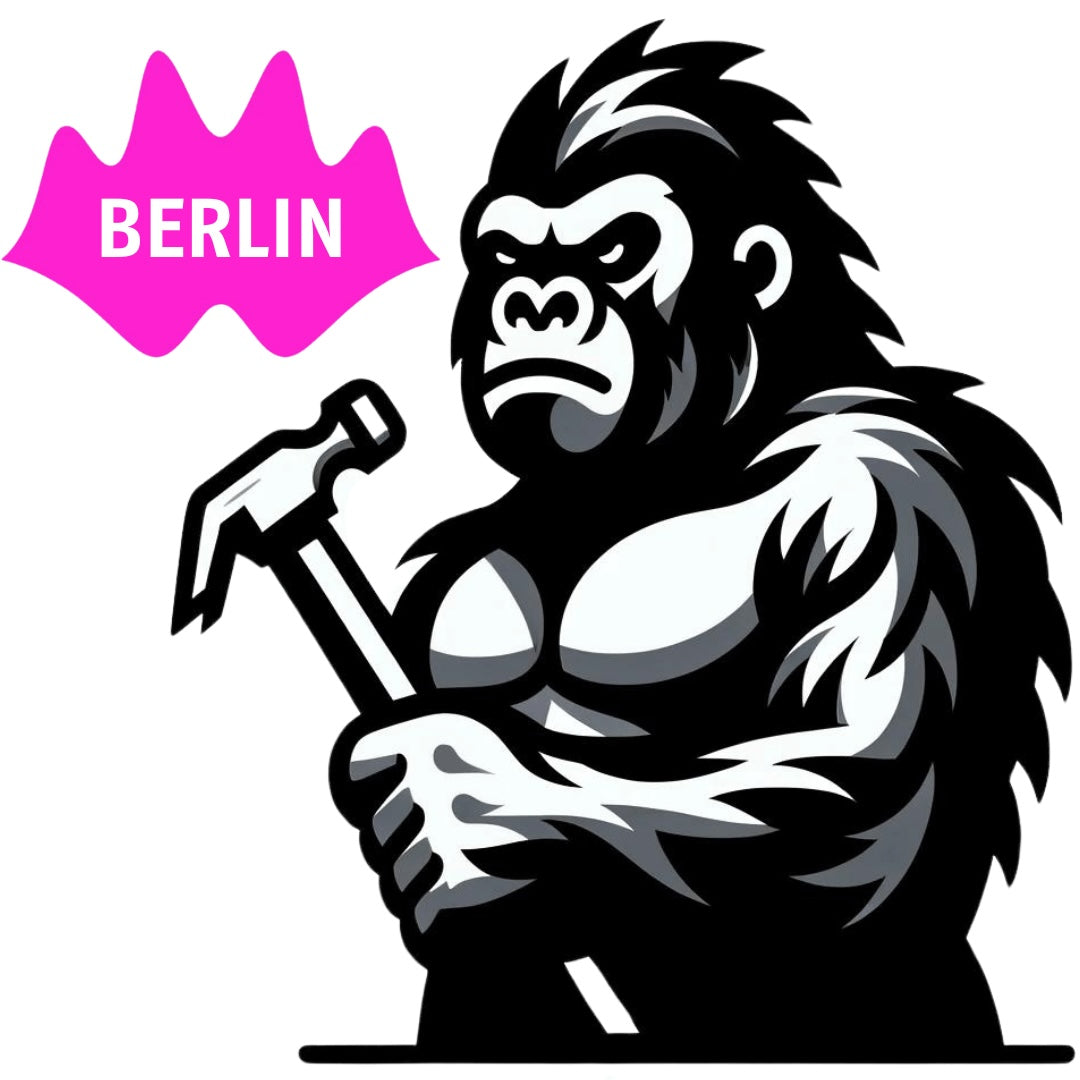Using sex to sell music - why is it still so effective?
Written by Pete Armitage
Historically music has been regarded as a peculiar distillation of the idiosyncrasies of the human condition. Its magic has been exploited to pay homage to nationalism, praise gods, inspire dissent, attract mates and tell stories. Aldous Huxley hit the nail on the head, ‘...after silence, that which comes nearest to expressing the inexpressible is music.’ It’s an apt vessel for communication, a universal language which breaks down barriers between populations who speak different languages and subscribe to different cultural ideologies.
Charles Darwin examined how music came to be such a powerful element of our communication in The Descent of Man, postulating that ‘the progenitors of man, either the males or females or both sexes, before acquiring the power of expressing their mutual love in articulate language, endeavored to charm each other with musical notes and rhythm.’

Darwin argued then that music would never have come into existence had it not been initially utilised as a mating call by different species, including humans. Melody and harmony came about due to the evolution of complex courtship displays, used to ascertain quality in prospective mates.
Indeed, a fascinating study conducted in 2012 published in Proceedings of the National Academy of Sciences reconstructed the mating call of a 165-million year old cricket3. Natasha Mhatre and other scientists collaborating on the project obtained evidence of the tone from the cricket’s fossilized wings, noting that the species will have relied on the sound in order to attract mates amongst a forest teeming with different reverberations; running streams, birdsong, rain, wind. Daniel Robert, a participating scientist in the study described the function of this chirping, ‘...it advertises the presence, location and quality of the singer, a message that females choose to respond to—or not. Using a single tone, the male’s call carries further and better, and therefore is likely to serenade more females.’
Therefore, it can be argued from an evolutionary perspective that the reason we can identify with music, and enjoy melody and harmony is from its functional role in courtship, still programmed in our genes. On these grounds, we can argue that music is instinctively sexual.
However despite this compelling evidence of the origins of music being intrinsically entwined with sexuality, during the middle ages in Europe, music was largely reserved for the practice of the religious orders. The performance of music was considered a sacred pursuit, and to be exclusively used for the worship of God, and as a result, devoid of any sexuality whatsoever.
Fast forward to the 1870s and the first solid evidence of sex being used in advertising came about when Pearl Tobacco used the image of a naked woman to sell cigarettes. This novel marketing strategy was swiftly adopted across the board, the fact that nudity usually has nothing to do with the product in hand being seemingly irrelevant.
Since the 1960s, we have come to take sexual objectification for granted in popular music. Jennifer Stevens Aubrey and Cynthia M. Frisby performed a landmark study in 2011, developing ‘...a coding system to measure sexual objectification and its correlates in music videos.’ They researched 147 music videos, finding that female performers revealed more body parts on average and performed more ‘decorative’ roles as opposed to men.

Their study also addressed the topic of sexual agency, highlighting the fundamental difference in women being in an ‘active role’, whereby sexually alluring behaviour can be empowering rather than in a ‘passive role’, where they are more likely to be perceived as being in a submissive position by the viewer. Which is harmful in reiterating historically sexist gender roles.
When considering music videos, for example, children may watch them on MTV and draw their own conclusions as to the role of men and women in society. Regardless of whether it sells, we ought to be conscious of how sexualisation is perceived by impressionable children, and whether it will kindle healthy and accurate perceptions of gender roles in society.
It seems that sexuality can be perceived as either liberating or objectifying in music. And according to the findings of Aubrey and Frisby, musicians and music video producers are all too aware of the selling power of nudity and sexuality, just like Pearl Tobacco were in 1871. In our capitalist society, commercial music is often packaged to be sold. And in order to achieve that goal, pitching to consumers often involves reductive failsafe tactics like nudity that are proven to draw attention and captivate.
On the subject of why sex is still effective in music - we can hark back to Darwin’s theory of evolution. Without embarking on an attempt to disprove his theory, we ought to accept that sex will always be a powerful tool in which to make music more appealing to consumers. This in itself is not necessarily a bad thing. However, in much mainstream music, as demonstrated by Aubrey and Frisby’s findings, sexuality is mostly used in a manner which reinforces historical gender stereotypes and ultimately, the objectification of women.
In a scene which often presents itself as progressive, artists ought to strive to disrupt the status quo, i.e. the objectification of women, when promoting their music. Producers and DJs have the power and agency to utilise sexuality in different ways in their work, in order to challenge negative stereotypes, rather than reinforce them.
- Natasha Mhatre, Fernando Montealegre-Z, Rohini Balakrishnan, Daniel Robert (2012) ‘Changing resonator geometry to boost sound power decouples size and song frequency in a small insect’ Proceedings of the National Academy of Sciences May 2012, 109 (22) E1444-E1452; DOI: 10.1073/pnas.1200192109
- ‘https://www.researchgate.net/publication/233027814_Sexual_Objectification_in_Music_Videos_A_Content_Analysis_Comparing_Gender_and_Genre
- https://www.academia.edu/31648158/Political_Speculations_on_Music_and_Social_Cohesion





